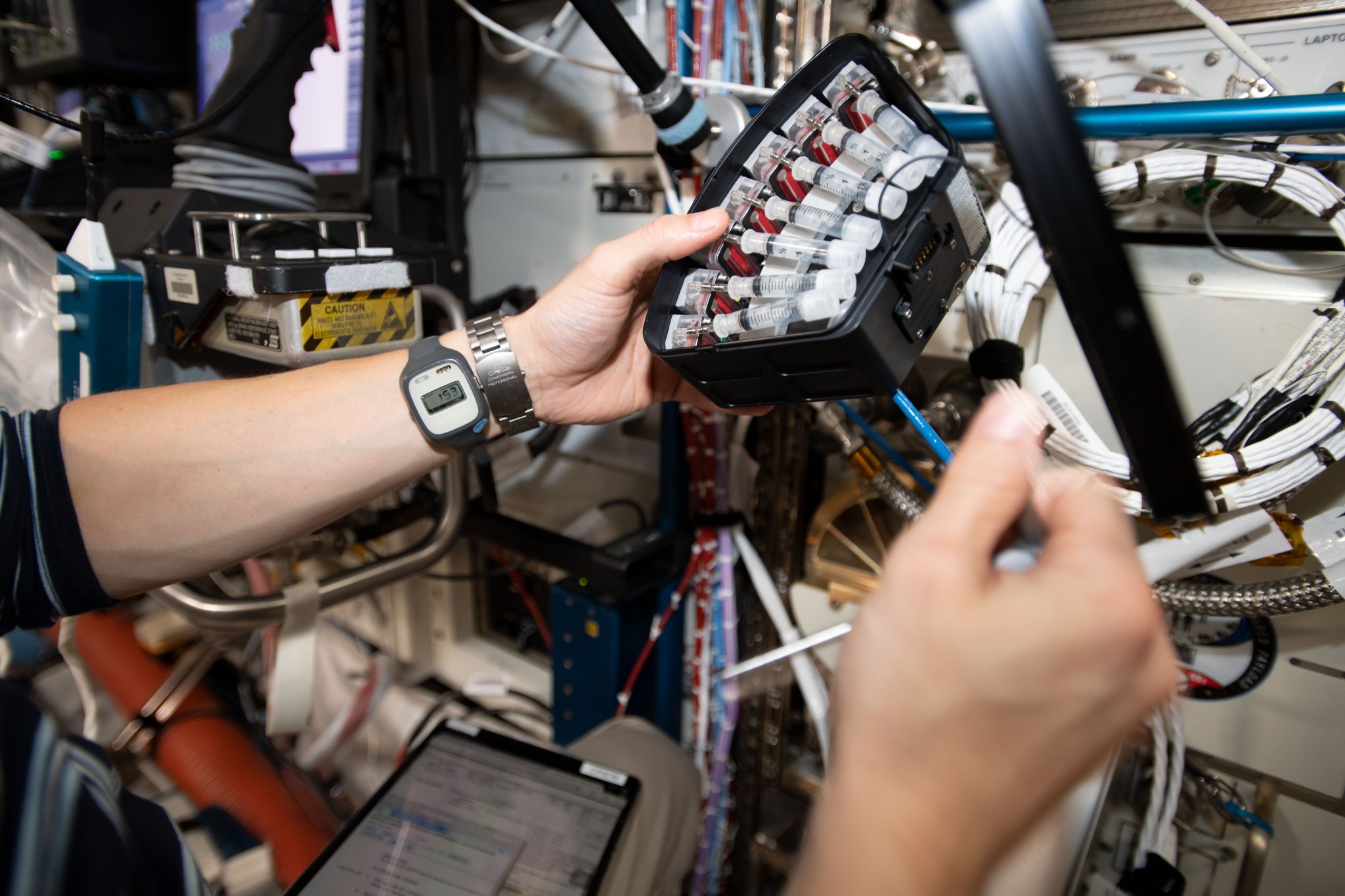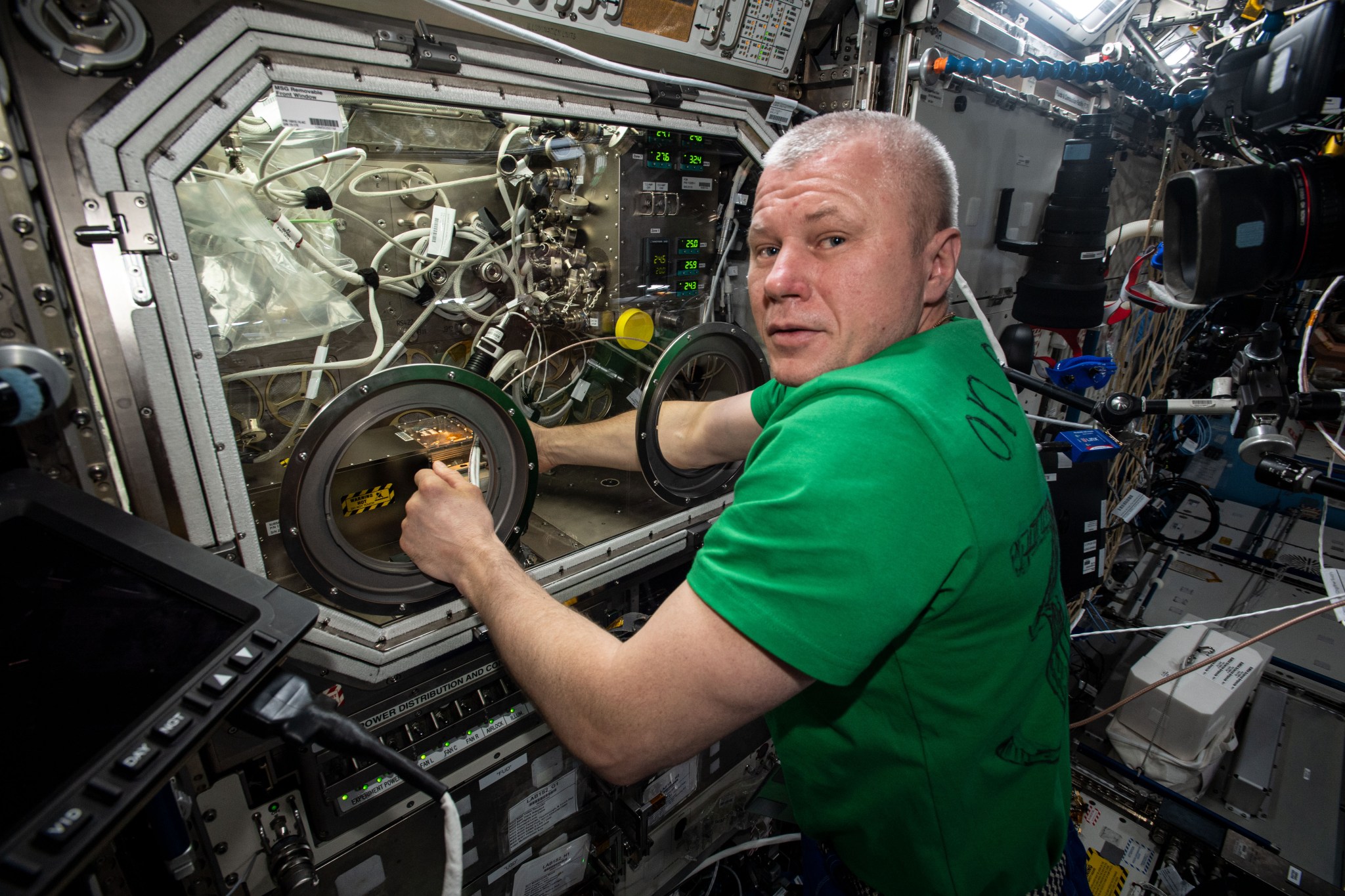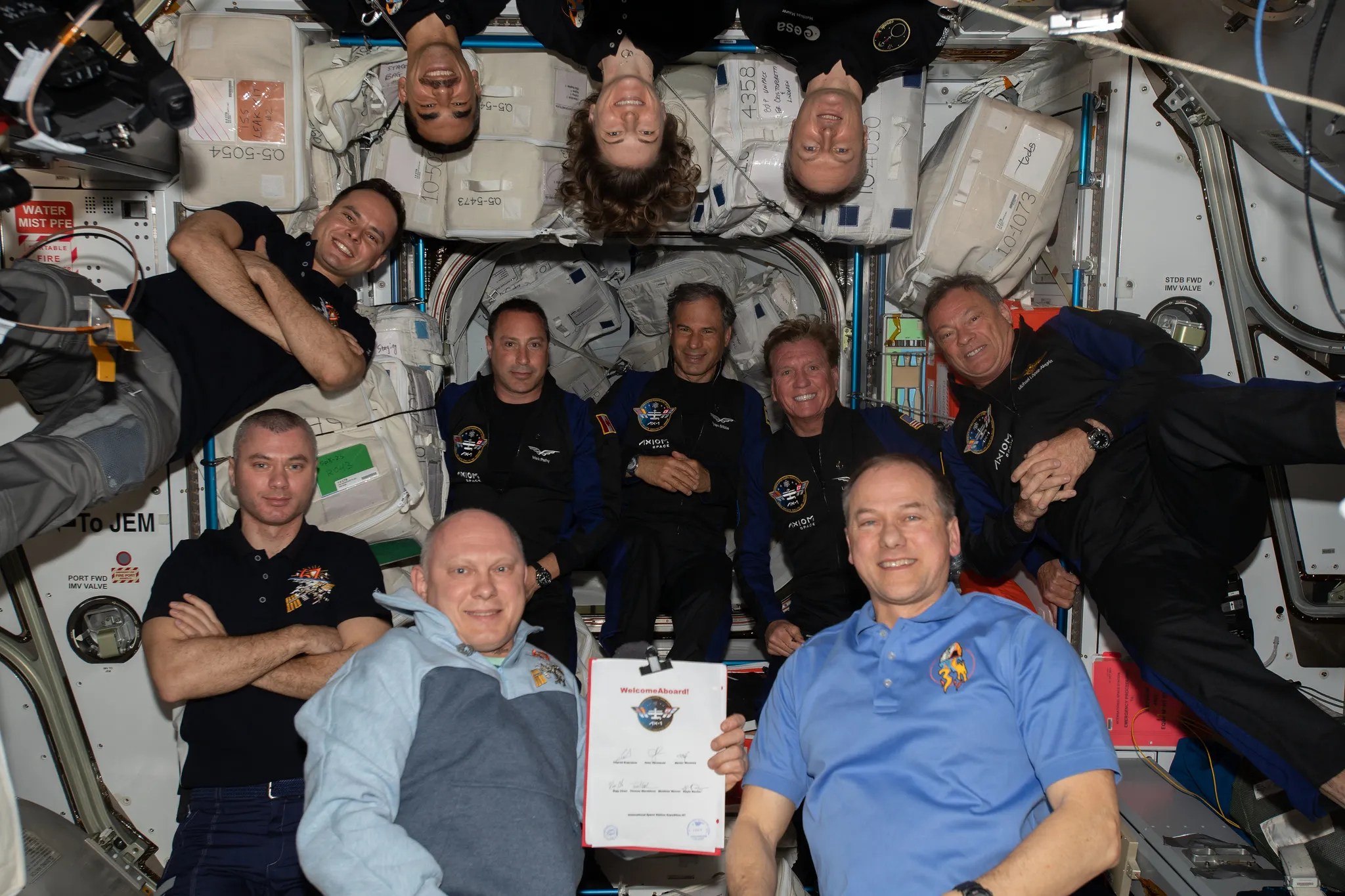Researchers tested a treatment on cartilage and bone tissue cultures subjected to compressive impact injury and found differences in the metabolites and proteins released by cells in space and on Earth along with partial improvement in both gravity conditions. The findings suggest the treatment is safe and could help ensure the health of crew members on future missions and patients on Earth.
Astronauts have high rates of musculoskeletal injuries, and post-traumatic osteoarthritis from joint injuries is a major contributor to disability across all ages on the ground. MVP Cell-06 used cultures of human knee cartilage and bone cells from two donors to study how spaceflight affects musculoskeletal disease. Results could lead to ways to prevent and treat bone and cartilage degradation in astronauts and people on Earth following joint injury.

NASA and Roscosmos researchers examined brazing of an aluminum-silicon material and found that gravity had a moderate effect with small quantities of the alloy and a more significant effect with larger quantities. The finding could inform techniques for manufacturing on future space missions.
SUBSA-BRAINS examined capillary flow, interface reactions, and bubble formation during solidification of brazing alloys in microgravity. Brazing, which bonds similar and dissimilar materials at temperatures above 450°C, is a potential tool for construction, manufacture, and repair of space vehicles and habitats.

Analysis of the pain experience of two Axiom-1 astronauts suggests that spaceflight may affect sensory perception and regulation, a finding similar to previous studies. Researchers recommend developing measurement tools with greater sensitivity and questions that capture previous spaceflight experience and astronaut status (commercial or professional) to assess pain experiences.
Astronauts frequently report pain during missions and after returning to Earth, particularly in the back and neck. Microgravity Pain Sensation (Ax-1) assessed how short-term exposure to microgravity affects pain sensation, biomechanics, bone physiology, and the musculoskeletal system. Results suggested that spaceflight may affect various aspects of sensory perception and regulation, and further investigation is needed to support development of countermeasures and treatments.

The 13th annual International Space Station Research and Development Conference (ISSRDC), sponsored by the ISS National Lab, brought together more than 900 leaders in academia, industry, and government to discuss the space station's role in future research and development.
The event was held in Boston July 30 to Aug 1. Speakers included White House Office of Science and Technology Policy Assistant Director for Space Policy Jinni Meehan, NASA Associate Administrator Jim Free, NASA astronaut Stephen Bowen, and representatives from the International Space Station international and commercial partners.






